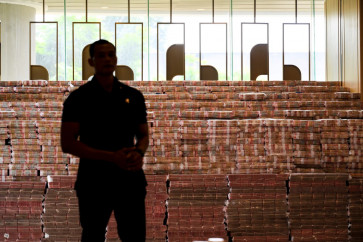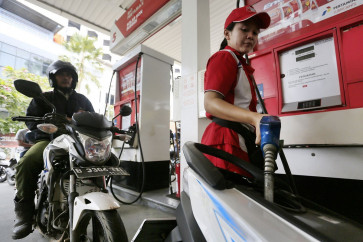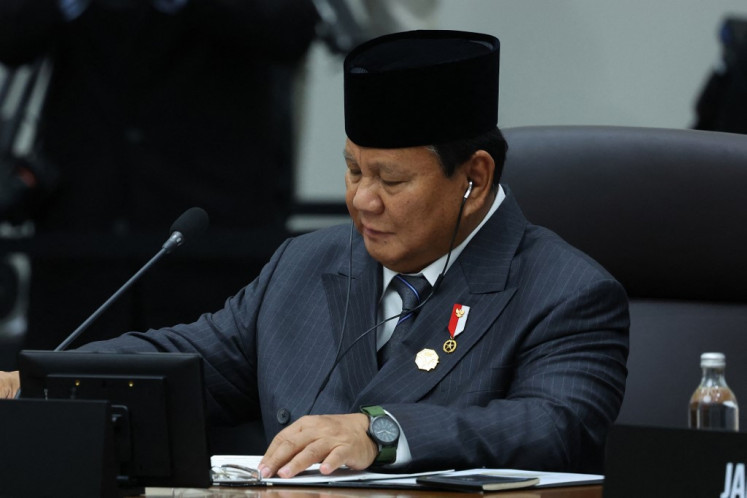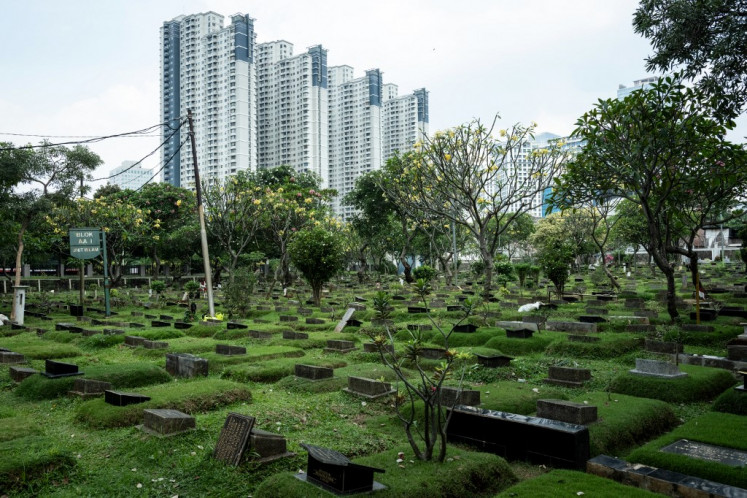Popular Reads
Top Results
Can't find what you're looking for?
View all search resultsPopular Reads
Top Results
Can't find what you're looking for?
View all search resultsThe Philippines is Asia's second-fastest growing economy in 2014 after China
The Philippines closed 2014 as Asia's second-fastest growing economy after China, chalking up full-year growth of 6
Change text size
Gift Premium Articles
to Anyone
T
he Philippines closed 2014 as Asia's second-fastest growing economy after China, chalking up full-year growth of 6.1 per cent as it reversed three quarters of decline in the fourth quarter.
In a news conference on Thursday, the country's economic planners reported that gross domestic product grew by a stronger than expected 6.9 per cent in the October-December quarter, as the government ramped up spending and higher farm output.
Economists had expected growth in the quarter at 5.8 per cent, after a disastrous third quarter when GDP plunged to 5.3 per cent as the government grappled with congressional investigations on public spending.
"Overall, the Philippine economy's performance for 2014 and the preceding years starting in 2010 shows how our country can no longer be called the 'sick man' of Asia. Our economic growth is becoming more competitive with our East and Southeast Asian neighbours.
"We have avoided the dreaded boom-and-bust cycle that has hounded our economy for decades," said Economic Planning Secretary Arsenio Balisacan.
He said fourth-quarter growth "appears to be broad-based, as all three major productive sectors - the agriculture, industry and services sectors - have shown positive and robust growth during the period".
"The government stood by its commitment to ramp up and catch up with its spending as we approached the last three months of 2014," he added.
State spending has slowed for most of 2014 after aspects of a 145 billion peso (US$3.29 billion) economic stimulus fund the Aquino government created from budget savings were declared illegal by the Supreme Court in July.
That has made public officials more wary about accusations of recklessness and have submitted spending decisions to more scrutiny, putting at risk big infrastructure projects.
Farm output, meanwhile, grew 4.8 per cent in the fourth quarter, from 0.9 per cent a year earlier, on a 5.7 per cent growth in crop production on "more favourable weather conditions", said Balisacan.
He added that the Philippine economy should hit its target of 7 per cent to 8 per cent for 2015, as more public funds are freed up.
Falling oil prices and spending for the 2016 elections would also push the economy upward, he said.
"We believe that our economy has moved into a long-term growth path that 7 per cent is quite sustainable and achievable," he said. (***)










